When I finished the script for the first chapter of Brazil’s Childhood, I was very disturbed. After all, I had to imprint in my characters an extremely macho voice. In that world 500 of years ago, women, at least the ones imported from Europe, were seen as goods, a means of perpetuating one’s lineage. This was a concept that annoys me, because when one sees another person as an object, the object becomes easily disposable. The most disturbing is, however, that until today there are men that see women in a similar way to that of the characters I created for this chapter. When we think of the past, we tend to think that the world has evolved. But it is way easier to list the technological advances than the social ones. Certain values may be so rooted in our education that they may haunt us to this date. I hope that we prepare a better world for those who are still to come in this world. There are days, however, that visions as limited as I tried to imprint on my HQ come back and haunt us full on.
Thus, I hope that, in the future, when people look back at our civilization, they deem us primitive. Not because of prejudice, though, but because the world will have truly evolved. This is the kind of thing that I think when I do my job, be it on a comic strip, on a short HQ, or even on a graphic novel. Furthermore, a project like Brazil’s Childhood is something inevitably reflexive. At least for me.
When speaking about a particular historical period, it seems easy to use our contemporary view. We decode past worlds with current values. This is, however, not reliability. It is a fact that we can never portray other times like it truly was. The memories of just a few years ago betray us, imagine trying and assembling places, people and dialogs through mere fragments of information we can consult in the books! Perhaps, the hardest part in this process of reinvention of the past is to place the right voice on each character. I do not need to agree with my characters, but I need to give them the highest veracity possible. I need you to believe in them.
In the first chapter of Brazil’s Childhood, we travelled to a place in the second half of the sixteenth century. That was a more pragmatic world with a different sense of morality. People who needed to be brute, religious people who needed to impose some sort of order in the New World made up this place. Brazil has always been a mash up of contrasting realities. So says my character Gabriel: “This land defined by some the heaven and by others the hell?”
In order to learn more about the historical context of the fiction I created, please access here on the website the complementary text Sixteenth Century: the birth of Brazil.

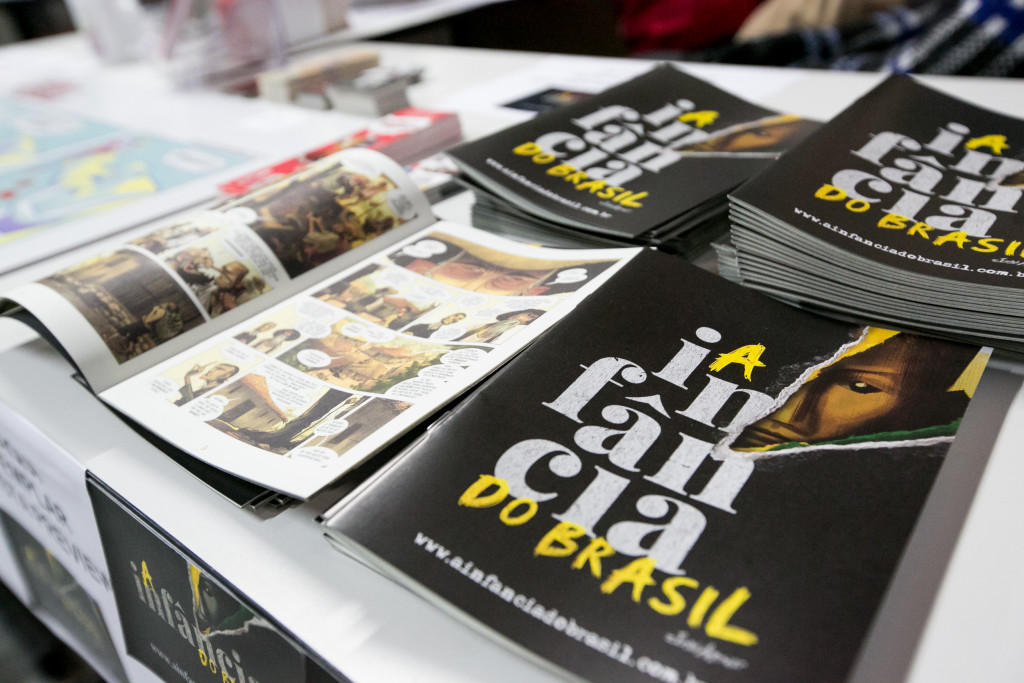


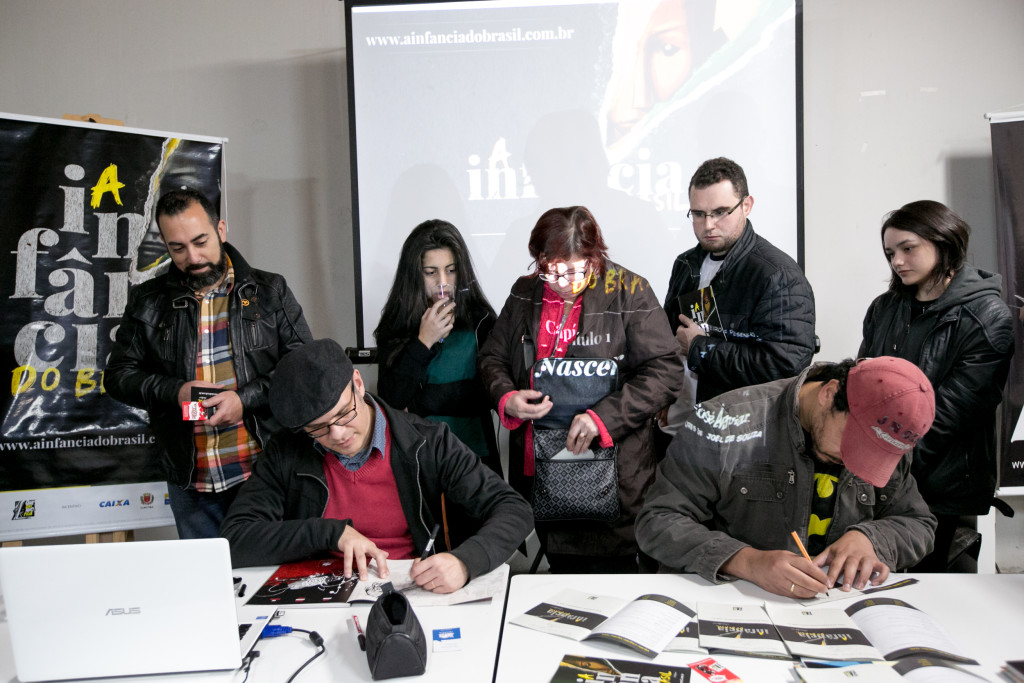



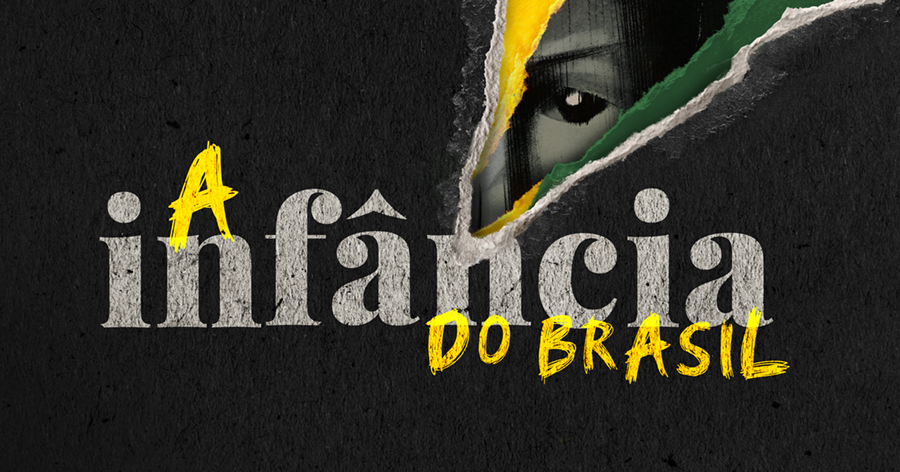
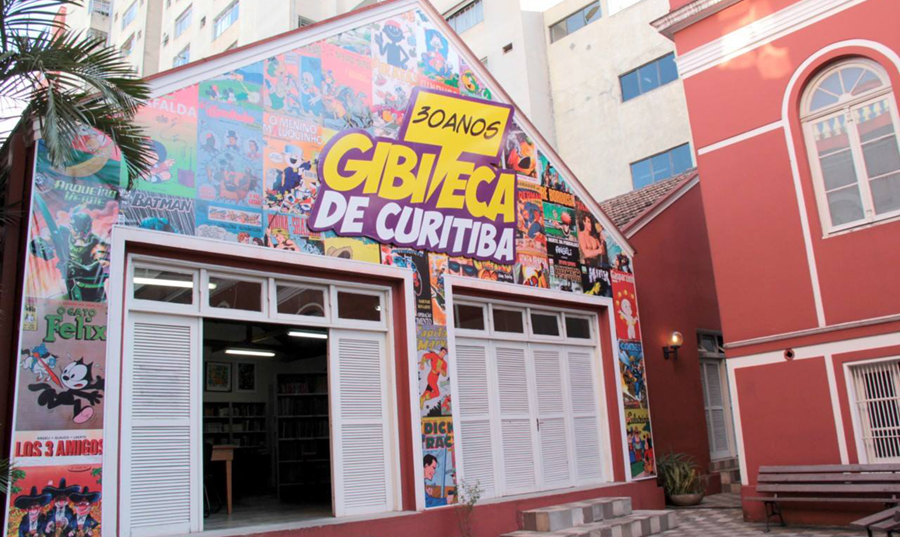

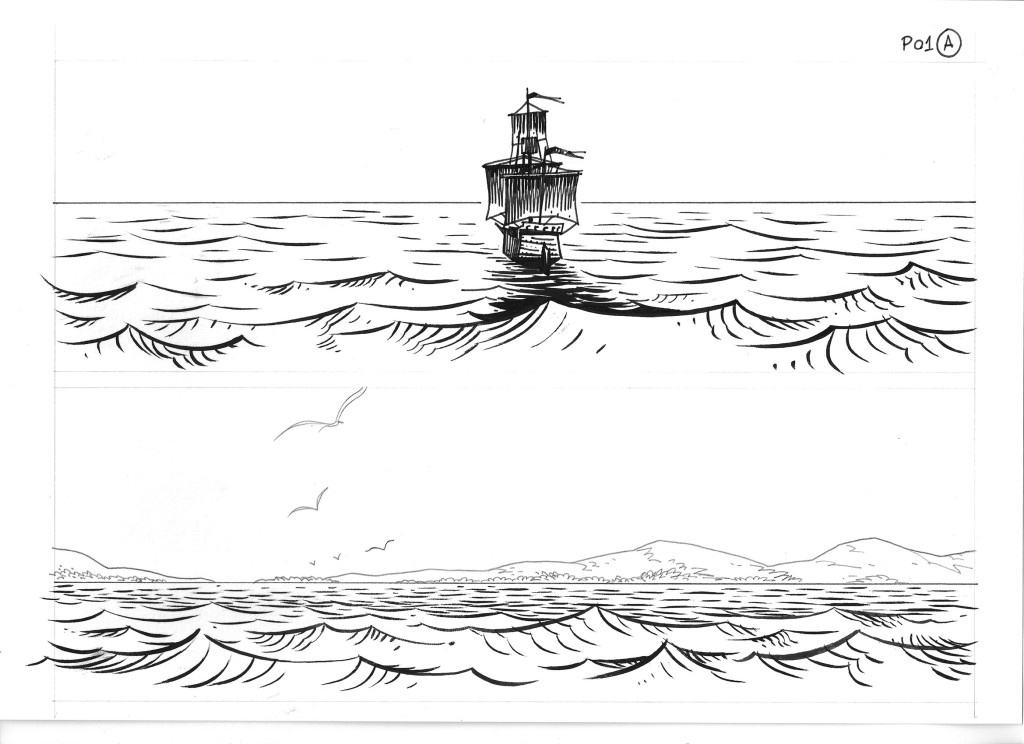
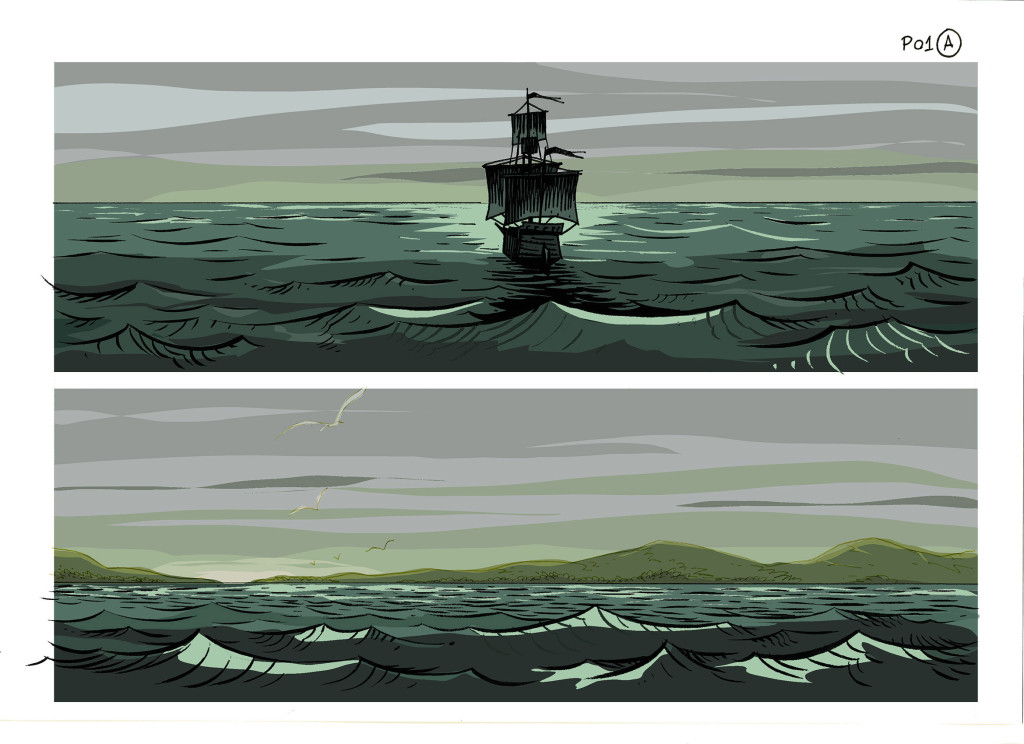
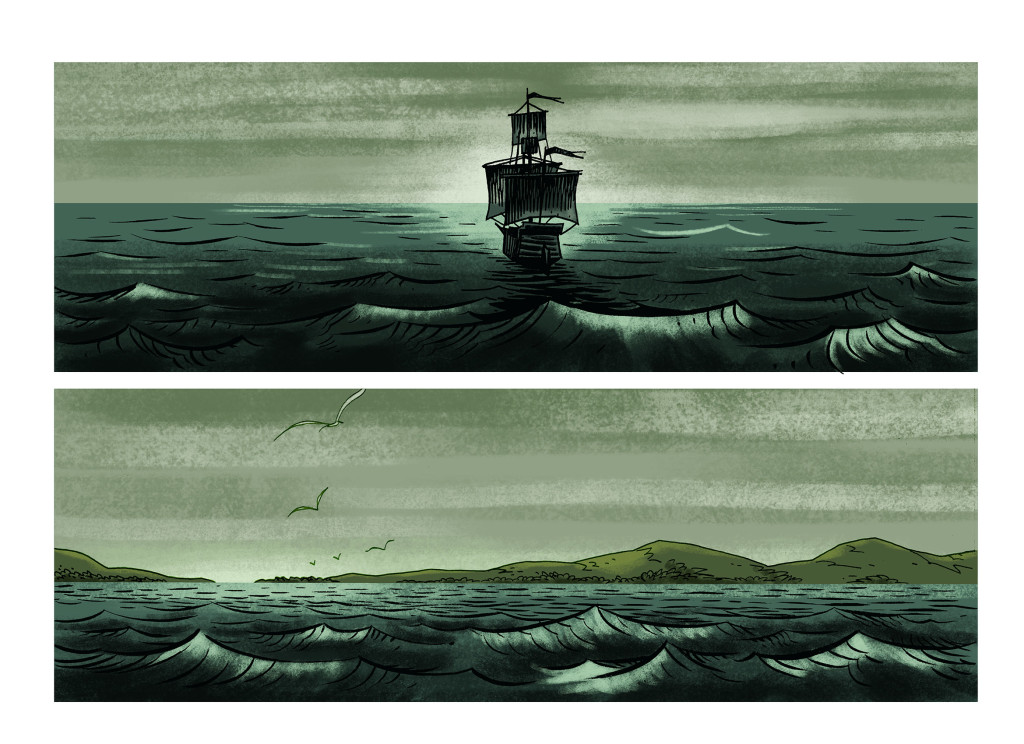
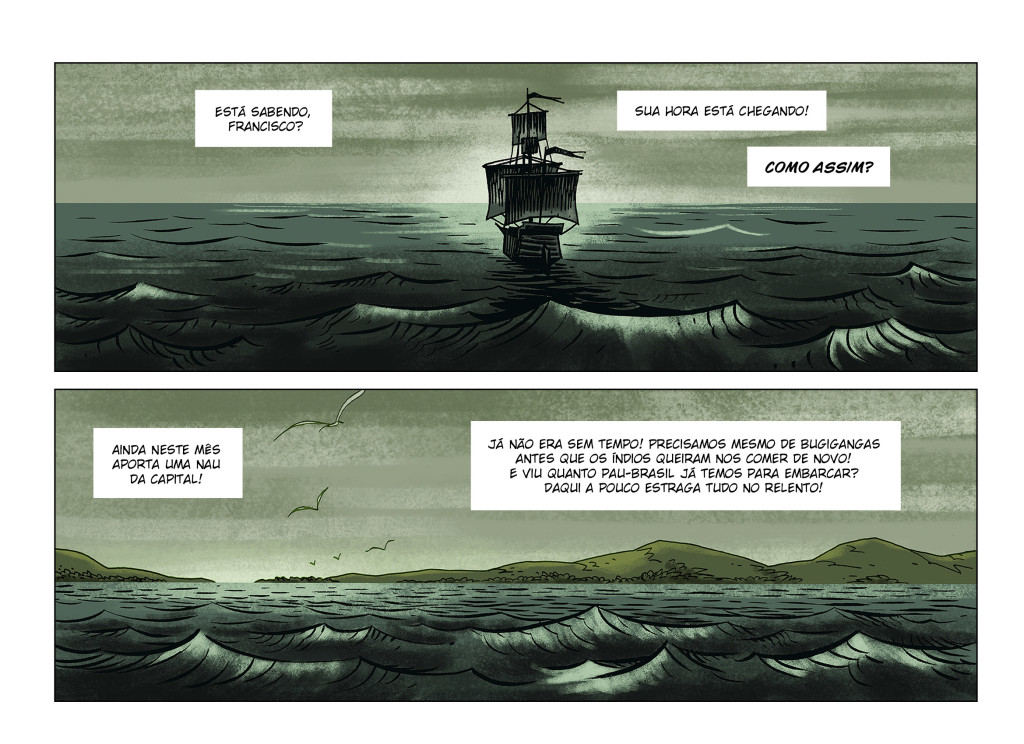
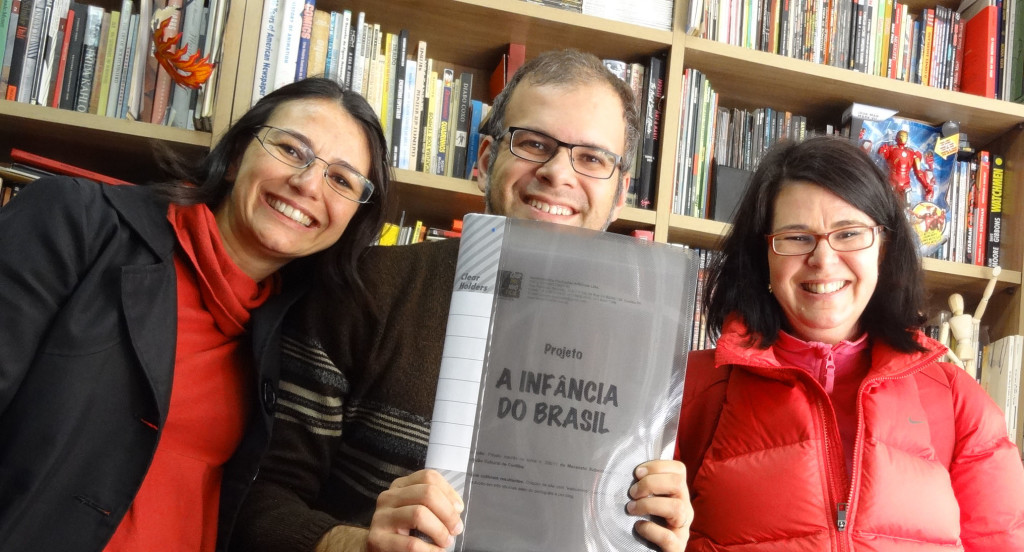


Recent Comments